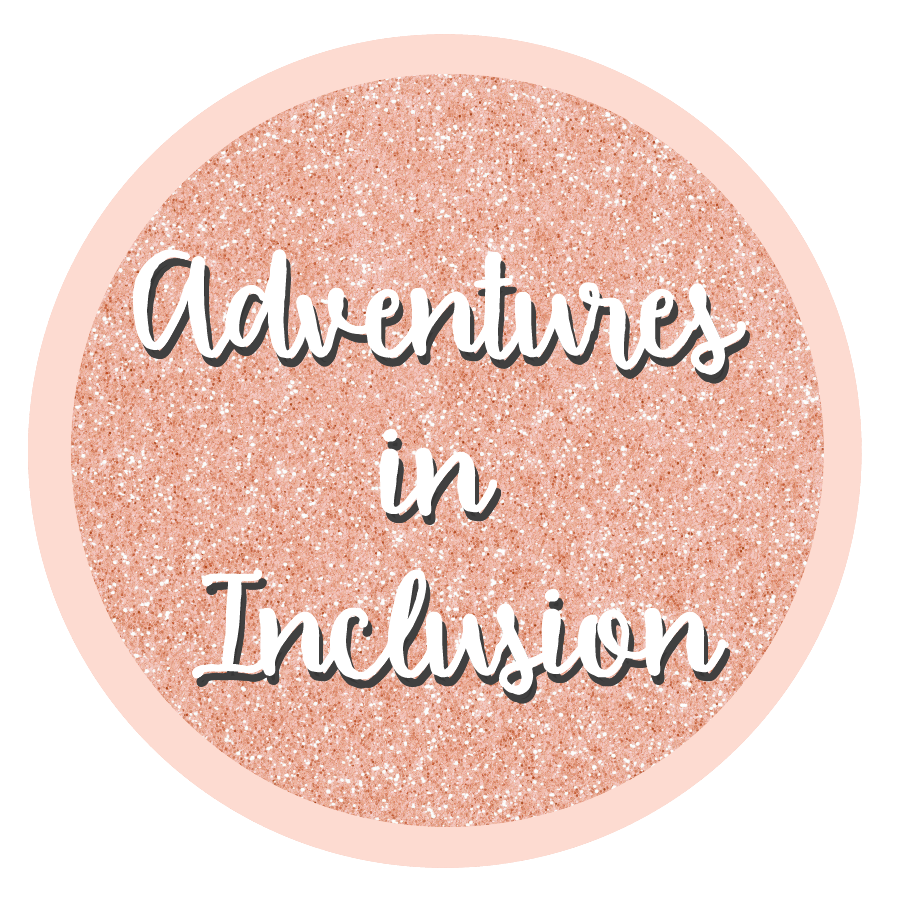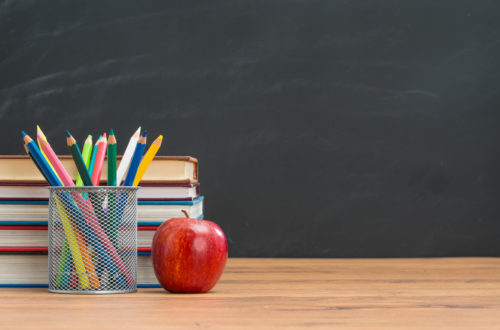
The Beginners Guide to Inclusion
I recently took a course on inclusion practices. Although I am a special education teacher who is very familiar with the inclusion setting, I am always looking for new tips, techniques, or practices to bring into my classrooms and to better help my students.
History and Introduction
Inclusion is the practice of including special education students in the general education setting. In the past, students with disabilities were often removed from the classroom. They did this to provide them with support and instruction that was focused on their abilities and needs. But, removing students with disabilities from the classroom can cause them to get even further behind, and it also can have social implications. Ostracizing students with disabilities does not foster social relationships between them and their peers. It can lead to bullying and low self-esteem.
The idea for inclusion is also related to the Individuals with Disabilities Education Act (IDEA 2004). This legislature instructs that all students should be educated in the least restrictive environment. If it is possible to properly educate the child in the general education setting, then that should be their placement and sub separate programs should only be a placement, when it has been proven that the student cannot be successful in the inclusion classroom.
Successful Inclusion
In order for inclusion to be successful, it is something that needs to happen on a school-wide level. Inclusion has to be supported by the administration to provide resources and the staffing necessary. The administration needs to not only provide the staffing, but they need to provide the education required to teach teachers about inclusion practices, and they need to provide teachers with the co-planning time necessary to successfully prepare an inclusion setting. The administration also needs to be constantly making sure that all teachers are doing their part, if one member of the team is not doing their part, the whole process can fall apart.
To have a successful inclusion setting, general education teachers and special education teachers need to be working closely with each other as well as related service providers, (Speech and language pathologists, occupational therapists, physical therapists, etc.) to make sure that students are receiving all the necessary supports. Special education teachers need to be responsible for modifying the curriculum as well as assessments and instruction. They also need to make sure that they are in constant communication with the teachers to share with them information about the students’ disabilities, as well as all of the accommodations and modifications that are on their IEP.

Roles and Responsibilities
The responsibilities of the general education teacher in the planning process include being the expert on the curriculum and the standards. Also, helping brainstorm ways to modify the instruction. For example, working together the general education teacher can provide ideas for different stations. The special education teacher can provide ideas of how to adapt those stations to meet the needs of all learners.
When you’re meeting with your teaching team, it is important that everyone is on the same page with responsibilities. It is useful to have a checklist of all the necessary roles and responsibilities. Then, decide whether that responsibility is to be fulfilled by the classroom teacher, the special educator, the instructional assistant. Or if it should be fulfilled by someone else not listed.
Having everyone be on the same page allows for more seamless planning. For example, who is responsible for student A’s support plan? That is most likely the primary responsibility of the special education teacher with some input from the general education teacher. But, the classroom teacher may have the primary responsibility of grading the student and developing lesson plans. Usually an instructional assistant, or paraprofessional, isn’t going to be the primary on any of the responsibility. But, it is their job to implement or provide information in the decision making process.
For more information:
FREE co-teaching checklist

Subscribe to receive a free co-teaching checklist!







